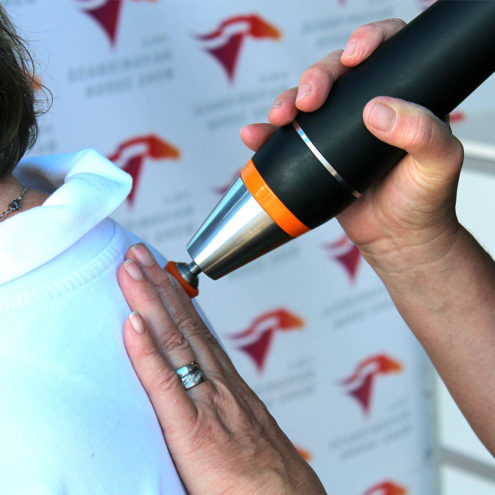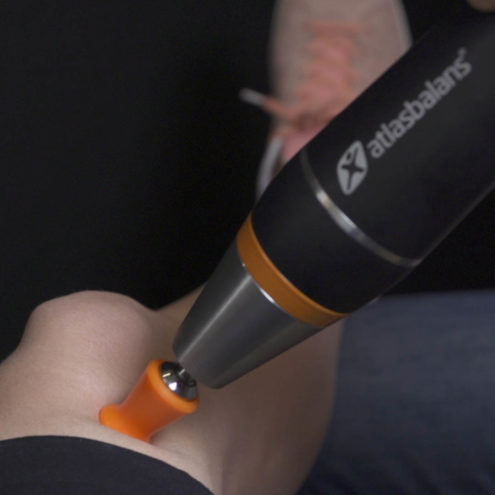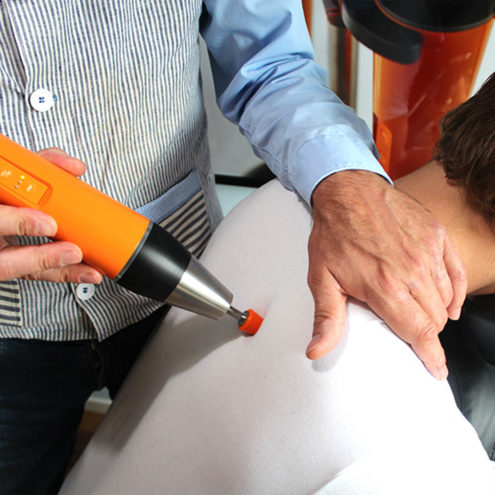Bursitis: Symptoms and Treatment

Bursitis is a painful condition that affects the small, fluid-filled bursae (mucus sacs) around our joints. Bursae are found between the bones, tendons and muscles around our joints and allow them to slide smoothly against each other. This article will provide a detailed overview of what bursitis is, its causes and types, symptoms and treatment methods. We will also discuss how Fascia Clinics can help you manage and treat this condition.
What is bursitis?
Description of mucus sacs and their function in the body
Mucus sacs are small, fluid-filled sacs, called bursae that lie around the joints of the body, such as the shoulders, elbows, hips, and knees. Their primary function is to reduce friction and act as a protector between bones, tendons, and muscles, facilitating movement and protecting tissues from damage. When these mucous sacs become inflamed, which is called bursitis, it can lead to pain and difficulty moving the affected joint.
Causes and types of bursitis
Bursitis can be caused by several factors, including overuse, injury, infection or underlying health conditions such as arthritis. Common types of bursitis include:
Shoulder bursitis: Common in people who perform repetitive arm movements, such as athletes and craftsmen.
Elbow bursitis: Common in people who frequently lean on their elbows or perform repetitive movements.
Hip bursitis: Common in athletes and people with physical jobs where the hip joint becomes strained.
Knee bursitis: Common in people who often work on their knees, such as gardeners and floor layers.
Symptoms of bursitis
Pain, swelling and tenderness in the affected area
The most prominent symptom of bursitis is pain in the affected area. The pain can be sharp or throbbing and is often aggravated by movement or pressure on the area. Swelling and tenderness are also common, and the area may feel warm and swollen to the touch.
Reduced mobility or difficulty performing certain movements
The inflammation can lead to reduced mobility of the affected joint, making it difficult to perform certain movements or activities. For example, hip bursitis can make it difficult to walk or stand for long periods of time, while shoulder bursitis can limit the range of motion of the arm.
Any redness or heat increase around the inflamed area
In some cases, the skin around the inflamed bursa may become red and warm, indicating ongoing inflammation. This symptom is particularly common if the bursitis is caused by an infection.
Treatment of bursitis
Rest and avoidance of activities that can irritate the inflamed area
The first and most important treatment measure for bursitis is rest. By avoiding activities that may irritate the inflamed bursa, you give your body time to heal. It may be necessary to adjust your daily activities to avoid putting additional strain on the affected area.
Use of ice or cold to reduce swelling and pain
Applying ice or cold to the inflamed area can help reduce swelling and relieve pain. Ice should be applied for 15-20 minutes several times a day, especially during the first 48 hours after the onset of symptoms. It is important to avoid applying the ice directly to the skin; use a towel or ice pack.
Anti-inflammatory drugs or physical therapy to relieve symptoms and promote healing
Over-the-counter anti-inflammatory drugs such as ibuprofen or naproxen can be effective in reducing inflammation and relieving pain. In some cases, physiotherapy may be recommended to strengthen the muscles around the affected joint and improve mobility. Physiotherapists can also advise on stretching and strengthening exercises as well as techniques to prevent the recurrence of bursitis.
Quadriceps stretch: Stand on one leg and pull your foot up towards your butt with your hand to stretch the front of your thigh.
Hamstring stretch: Sit on the floor with your legs stretched straight out in front of you, reaching towards your toes to stretch the back of your thigh.
Quadriceps strengthening exercises: Light leg lifts and squats without weight can help strengthen the quadriceps muscle without overloading the knee.
How can we help you with your bursitis?
Understanding the causes and symptoms is the first step towards finding effective relief for bursitis. Our team of therapists use fascia treatment to relieve tension and pain in our body. The fascia is the network of connective tissue that binds and permeates everything in our body. All cells, tissues (even bone tissue), muscles and organs contain fascia.
Fascia treatment focuses on releasing tension and adhesions in the fascia that can cause pain, stiffness and inflammation. By reducing tension in the fascia, we increase its flow. Among other things, this allows the cell membranes to more easily absorb nutrients and release waste products and also reduces pressure on our pain receptors. Muscles and joints soften, increasing the body’s mobility.
The treatment provides a pleasant relaxation and does not hurt. The entire body’s flow is activated and you are helped to balance your posture so that the body is evenly loaded.
During a visit, we analyze the whole body to see where compensations and imbalances are and how they have spread. If there is an imbalance in the body, there is a risk that it will spread and affect other structures such as muscles and joints. That’s why it’s very important to seek help quickly as soon as you notice any symptoms.
Fascia treatment for bursitis aims to balance the body by equalizing the load on the affected joints so that the pressure on the affected bursa is reduced. A more even load will reduce the wear and tear on muscles and other structures, thereby reducing the risk of injury.
Contact us today to get the help you need and start your journey towards a pain-free and active life. Our team of fascia therapists is here to support you through every step of your recovery and help you achieve the best possible results. We aim to give you the care and attention you deserve, so you can return to your daily activities without pain and discomfort.
For more information about our services and how we can help you with bursitis, visit our FasciaClinics website. Here you will also find resources and articles on bursitis and other related topics that may be helpful to you.
In summary, bursitis is a painful and limiting condition that can affect your ability to perform daily activities. By understanding the causes, symptoms and treatment options, you can effectively manage and relieve your pain. At the FasciaClinics, we are here to support you every step of the way towards recovery and an active life without pain.
 Search
Search


































